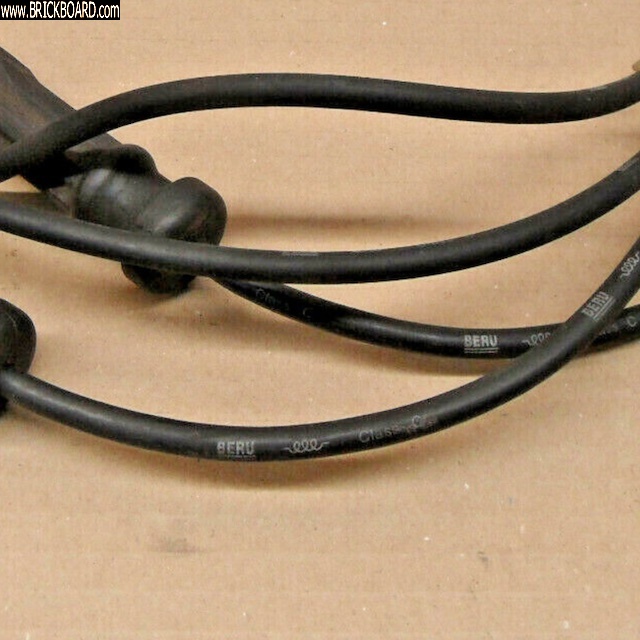|
Hi,
The short answer to when, is, before they cause you a breakdown when you least need it!
**** happens!
I do the same thing you’re doing to my oldest least used cars for y around town use.
My general rule is, for highway cars, used for longer trips, keep the newer stuff on there!
If you look at the older used ones you can judge the wearing to compare.
A breakdown, now, draws the line in the sand!
The sanding in the distributor cap open the gap farther away from the rotor button. The more the arcing the more green you get sooner. How often is up to you as that spark can jump a long ways, even out in the open. Anybody that ever got a jolt knows!
Its why the width of the rotor button is made the way it is, to give it time get in as crossing the terminals.
Timing belts make me nervous around 60,000 miles. A tensioner comes after a couple of those belts if it seems to have a too dry of a feeling.
I have lubed them to see if I could and it worked.
If they are whining I change them.
Ignition components are a really old technology.
Like a 100 years old but it’s simple but fir that reason it gets taken too lightly.
It usually the first thing to check for failures even on today’s sophisticated cars.
They build in feedback into their diagnostics just because of that reason.
You live with this one because that’s what we have to work with, but find ways to watch it better.
Quality of new components vary greatly, especially, if you change away from the try and true that got you down the road a longs ways!
The “long ways” is the “gut feeling” you have to set for yourself.
The car manufacturers do have set in place guidelines on the margins of reliability.
I do the same thing as I described already!
I try not to be too penny wise and pound foolish because my feet pounding on pavement is not something that you get to do because you want too! Murphy’s Law!
I like scheduled maintenance, on my schedule!
Phil
|

